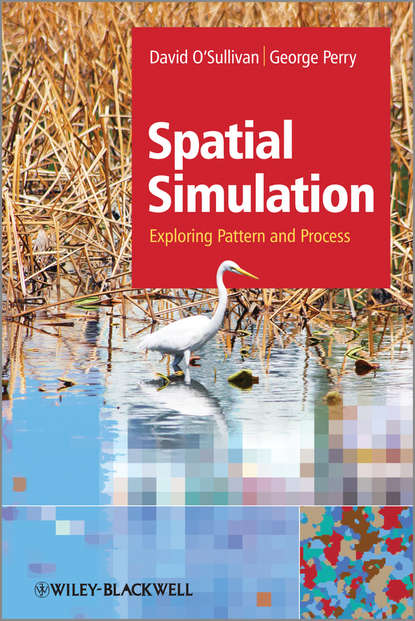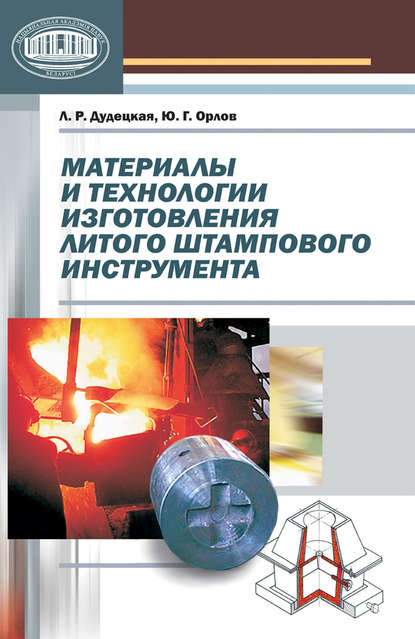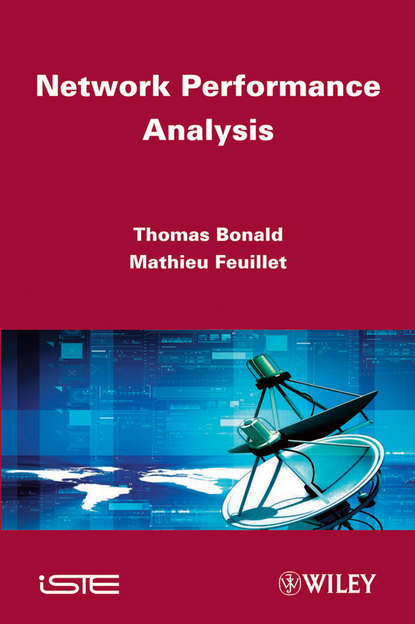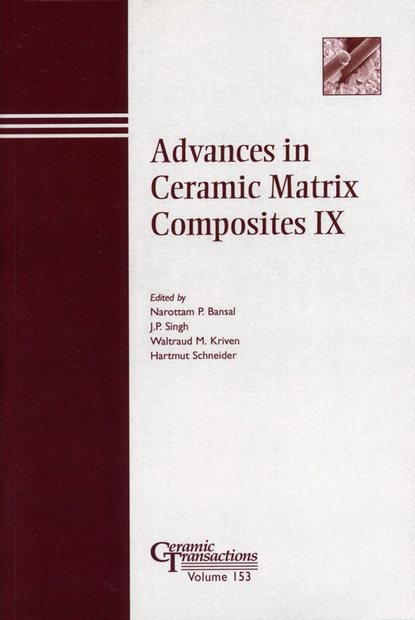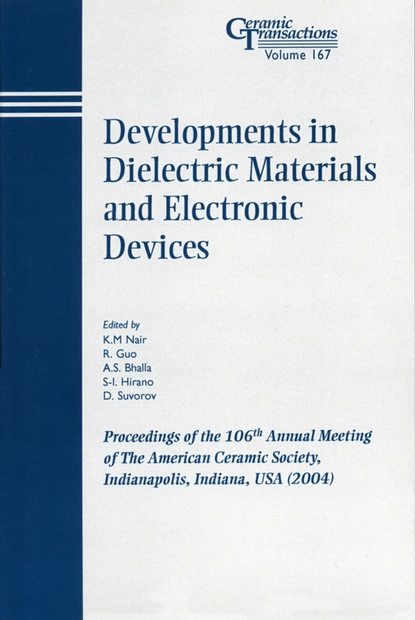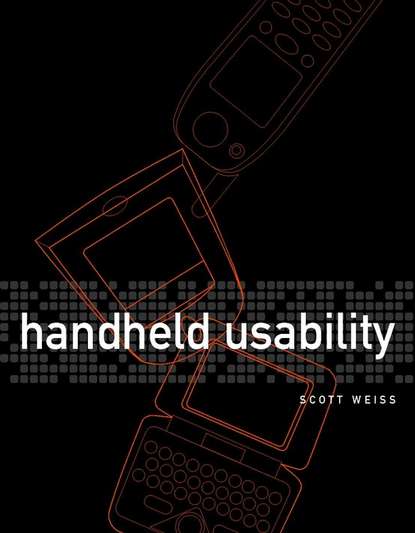"Пространственное моделирование. Исследование паттернов и процессов" - книга, описывающая методы динамического пространственного моделирования для междисциплинарной аудитории. В различных областях экологии и социальных наук моделирование является важным способом изучения систем, недоступных для экспериментальных и наблюдательных методов, и также является необходимым дополнением к более традиционным подходам. В книге представлены простые модели, на которых основано большинство сложных моделей, представленных в научной литературе. Книга охватывает три ключевых модели: силы притяжения и сегрегации, движущиеся объекты и процессы распространения. Они постепенно разрабатываются и связываются с реальными процессами, которые могут быть представлены с использованием этих моделей. Вводные главы описывают отношения между паттернами, процессами и пространственно-временными масштабами. Дополнительные главы рассматривают, как время и пространство могут быть представлены в более сложных моделях, а также методы анализа и оценки моделей. Книга написана доступным языком и содержит более 50 конкретных моделей, которые доступны онлайн на платформе Netlogo. "Пространственное моделирование. Исследование паттернов и процессов" будет полезна для студентов бакалавриата и магистратуры, изучающих экологические, социальные, географические и другие дисциплины. Исследователи и профессионалы, нуждающиеся в неспециализированном введении в динамическое пространственное моделирование, также найдут в книге ценный источник информации.
This book offers a ground-up rethinking of dynamic spatial modeling for an inter-academic audience, touching critical issues alike the experimental and theoretical ones in the environment and social networks sciences to make full use of models beyond conventional techniques. Despite the ample literature exploring computationally arduous simulation models, by making their task guns, it can attain that the whole spectrum of research studies is encompassed within a mathematical language demanding greater sophistication in fundamental and computational means. Additionally, intricate model configurations used to capture specific cases and natural events are usually challenging to illuminate from exposition in previous books. The target of this work is to present spatio-dynamical modeling in an approachable style while also restoring readers to a profound conceptual footing in the matter at hand and introducing them to the farreaching substantive literature. 'Spatial Simulation' stays on track through the variability of structural methodologies that interact with a system's global processes. Its main emphasis on pro angles of difficulties or attractions and selections, individual geographically mobile parties, and diseases of expansion familiarizes readers with the core of a few distorted models found through academic research. The first trio of building block models is shown in their basic shape and are incrementally developed and linked to real problems valorized via them. Depictions in introductory sections touch essential contextual matters, versatilely incorporating the connections among pattern, intercourse, and space-time dimension. Subsequent sections deliberates about how to timewise and geographically portray overly intricate models, also examining methods and tests for model analyses and censuses. As an end product, the trio of construction block models gets integrated into a bulkier disclosure to provide how prodigiously configured models can be mixed with easily fathomable components. With the aim of helping comprehension, over 50 carefully delineated models warranted to inside the book is accessible online.
Электронная Книга «Spatial Simulation. Exploring Pattern and Process» написана автором Perry George L.W. в году.
Минимальный возраст читателя: 0
Язык: Английский
ISBN: 9781118555071
Описание книги от Perry George L.W.
A ground-up approach to explaining dynamic spatial modelling for an interdisciplinary audience. Across broad areas of the environmental and social sciences, simulation models are an important way to study systems inaccessible to scientific experimental and observational methods, and also an essential complement to those more conventional approaches. The contemporary research literature is teeming with abstract simulation models whose presentation is mathematically demanding and requires a high level of knowledge of quantitative and computational methods and approaches. Furthermore, simulation models designed to represent specific systems and phenomena are often complicated, and, as a result, difficult to reconstruct from their descriptions in the literature. This book aims to provide a practical and accessible account of dynamic spatial modelling, while also equipping readers with a sound conceptual foundation in the subject, and a useful introduction to the wide-ranging literature. Spatial Simulation: Exploring Pattern and Process is organised around the idea that a small number of spatial processes underlie the wide variety of dynamic spatial models. Its central focus on three ‘building-blocks’ of dynamic spatial models – forces of attraction and segregation, individual mobile entities, and processes of spread – guides the reader to an understanding of the basis of many of the complicated models found in the research literature. The three building block models are presented in their simplest form and are progressively elaborated and related to real world process that can be represented using them. Introductory chapters cover essential background topics, particularly the relationships between pattern, process and spatiotemporal scale. Additional chapters consider how time and space can be represented in more complicated models, and methods for the analysis and evaluation of models. Finally, the three building block models are woven together in a more elaborate example to show how a complicated model can be assembled from relatively simple components. To aid understanding, more than 50 specific models described in the book are available online at patternandprocess.org for exploration in the freely available Netlogo platform. This book encourages readers to develop intuition for the abstract types of model that are likely to be appropriate for application in any specific context. Spatial Simulation: Exploring Pattern and Process will be of interest to undergraduate and graduate students taking courses in environmental, social, ecological and geographical disciplines. Researchers and professionals who require a non-specialist introduction will also find this book an invaluable guide to dynamic spatial simulation.
